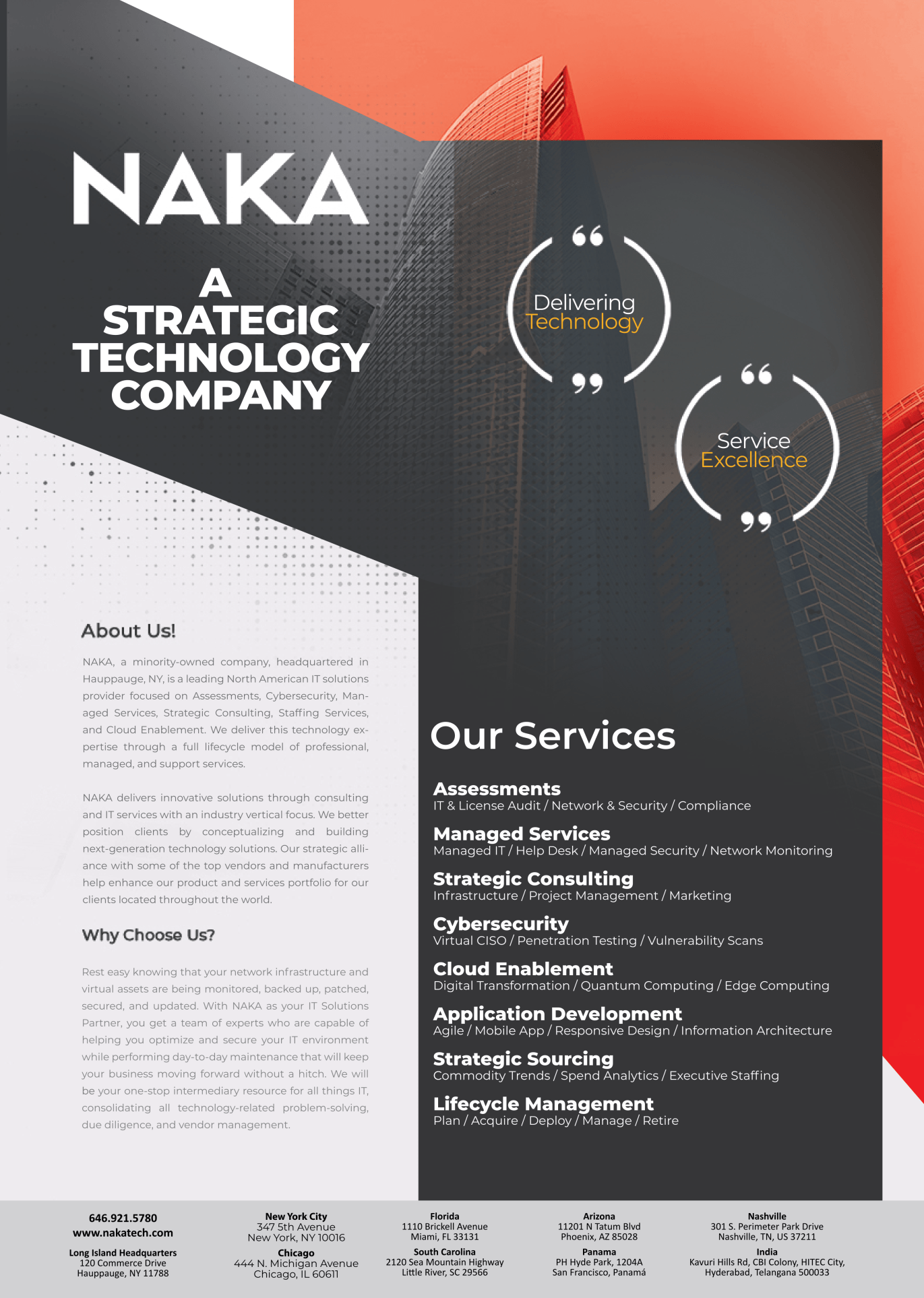Innovative Approaches to Cloud Service Lifecycles: What’s New in 2024

Innovative Approaches to Cloud Service Lifecycles: What’s New in 2024
Cloud Services are now the foundation of contemporary organizations in the rapidly evolving field of technology. The cloud computing world is changing as we go into 2024, bringing fresh ideas that are redefining how we view and handle cloud service life cycles. This blog article will examine the most recent developments in technology, business practices, and trends influencing cloud services.
Cloud Service: Unraveling the Basics
Fundamentally, cloud services are similar to the Internet’s superheroes since they give us access to tools and computational power via the Internet. Envision if you will, a magical bag that can carry everything you need for your computer that floats in the clouds rather than needs to be carried about. It functions quite similarly to cloud services.
A cloud service is similar to renting storage space or a very intelligent computer from a unique online corporation. The computer is only something you use when you need it; you don’t physically own it. Businesses and people benefit from this since they are spared the expense of purchasing and maintaining their pricey computer systems.
What’s New in 2024: Innovative Approaches
- Serverless Computing
Serverless computing is similar to having a magic wand that allows you to execute tasks without thinking about how they are completed. Our programs used to require large computers, which we had to maintain in the same way as our animals. However, with serverless computing, it’s now as simple as casting a magic spell to complete the task without requiring continuous supervision. - Edge Computing Integration
Imagine yourself wanting to take a photo during a big concert. It would be unnecessary to send your request for a selfie to a distant photo booth when you have a mini-photo booth right there! Edge computing operates in this manner, bringing computer power closer to the user. We’re incorporating this magic of edge computing into cloud services in 2024. It translates to more rapid and seamless experiences, particularly for activities like gaming and chatting that demand fast reactions. This lessens delays and gives the impression that everything is moving quickly—just like when you’re having a genuine discussion. - AI and Machine Learning Integration
Let’s now discuss AI, or artificial intelligence. AI is the equivalent of having a machine that is capable of learning and thinking somewhat like humans! By adding a little machine learning and artificial intelligence magic to cloud services in 2024, we’re making them even smarter. Imagine that in addition to following your instructions, your computer can also make educated guesses about what you might want before you ask. That is cloud services’ AI power. It assists with duties like automating tedious tasks, forecasting business trends, and safeguarding our digital world from malicious activity. When artificial intelligence (AI) and machine learning are combined, cloud services take on the role of your smart assistant, always there to assist you and simplify your digital life.
Advantages of these Innovations
- Efficiency Boost
Serverless computing makes cloud services more responsive and efficient by ensuring resources are used only when required. Edge computing speeds up and improves the efficiency of tasks by reducing the amount of time it takes to access information. - Cost Savings
Because serverless computing does not require a continuous server infrastructure, it is less expensive. By reducing the requirement for large-scale data transport, edge computing lowers bandwidth expenses. - Improved User Experience
Online experiences will be more enjoyable and seamless with faster processing made possible by edge computing. Integration of AI and machine learning personalized services, making them more suited to each user’s tastes - Enhanced Security
The localized data processing of edge computing reduces the possibility of data breaches while they are in transit. AI-driven security solutions offer strong defense by constantly adapting to new threats. - Scalability
Serverless computing ensures that apps can handle a range of workloads by automatically adjusting resources. Scalability is supported by edge computing’s decentralized methodology, which spares central servers from overload. - Simplified Development
Development can be streamlined by allowing developers to concentrate on developing code thanks to serverless computing. Integration of AI and machine learning provides developers with ready-made solutions that streamline difficult processes.
Cloud Service Lifecycle Management: Key Strategies
1. Planning and Deployment:
-
- Why it matters: Think of this as the “planting seeds” stage. You need to plan where and how you want your digital plants (cloud services) to grow.
-
- Key Steps:
-
-
- Know Your Needs: Figure out what you want your cloud service to do. Are you storing files, running apps, or doing both?
- Pick the Right Spot: Choose a reliable cloud service provider that fits your needs. It’s like selecting the best soil for your plants.
- Create a Planting Plan: Develop a deployment plan. This is like deciding how much water, sunlight, and care your digital garden needs.
-
2. Monitoring and Optimization:
-
- Why it matters: Once your digital garden is growing, you need to keep an eye on it. Monitoring helps you spot issues and make things work even better.
-
- Key Steps:
-
-
- Keep an Eye Out: Use tools to watch how your cloud service is performing. It’s like checking if your plants are getting enough water and sunlight.
- Fix Issues: If you see a problem, fix it! Just like you’d remove weeds from your garden, address any issues affecting your cloud service.
- Make It Better: Regularly look at how your cloud service is used. Can you make it more efficient? It’s like pruning your plants to help them grow stronger.
-
3. Security and Compliance:
-
- Why it matters: You wouldn’t want bugs eating your plants, right? Well, you don’t want digital bugs (cyber threats) affecting your cloud services either.
-
- Key Steps:
-
-
- Lock the Gate: Implement security measures like encryption and access controls. This is like putting a fence around your garden.
- Follow the Rules: Stay updated on industry rules and regulations. It’s like making sure your garden follows environmental guidelines.
-
4. Regular Updates and Patch Management:
-
- Why it matters: Just as you’d update your gardening tools, your cloud service needs updates to stay strong and secure.
-
- Key Steps:
-
-
- Stay Informed: Keep an eye on updates from your cloud service provider. It’s like learning about new and improved gardening techniques.
- Apply Patches: When updates come, apply them promptly. This is like replacing old, worn-out parts of your gardening tools to keep them working well.
-
5. Retirement Planning:
-
- Why it matters: Even digital plants have a lifespan. Planning for the retirement of your cloud service ensures a smooth transition to something newer and better.
-
- Key Steps:
-
-
- Know When to Say Goodbye: Understand when your cloud service is reaching the end of its usefulness. It’s like deciding when to replace an old plant with a new one.
- Backup Your Data: Before retiring a cloud service, make sure to save all your important stuff. Think of it as taking seeds from your favorite plant to grow a new one.
-
Conclusion
The creative ways that Cloud Services and their life cycles are managed strategically are redefining company opportunities as we navigate the technological landscape of 2024. In an era where efficiency and agility are the keys to success, adopting effective Lifecycle Management strategies, embracing serverless computing, and integrating edge computing and AI are critical to keeping ahead. Businesses may fully utilize cloud services and prosper in the constantly changing digital landscape by keeping up to date and putting these innovations into practice.



